
|
Astronomy Picture Of the Day (APOD)
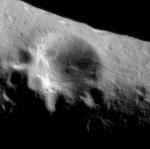 Nearer To Asteroid Eros
Nearer To Asteroid Eros
7.03.2000
As the robot spacecraft NEAR lowers itself toward asteroid 433 Eros, more surface details are becoming visible. Last week's maneuvers brought NEAR to within 204 kilometers of the floating mountain's surface. With...
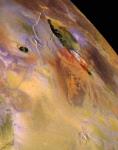 Zal Patera on Jupiter's Moon Io
Zal Patera on Jupiter's Moon Io
6.03.2000
The Galileo orbiter's flyby of Io last November captured an unusual part of Jupiter's volcanic moon. From 26,000 kilometers away, Zal Patera was found to be a cauldron of flowing lava, gaseous vents, and tremendous peaks.
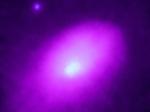 Abell 2142: Clash of the Galaxy Clusters
Abell 2142: Clash of the Galaxy Clusters
5.03.2000
Over the course of billions of years, whole clusters of galaxies merge. Above is an X-ray image of Abell 2142, the result of the collision of two huge clusters of galaxies, and one of the most massive objects known in the universe.
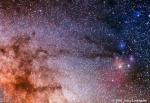 The Pipe Dark Nebula
The Pipe Dark Nebula
4.03.2000
The dark nebula predominant at the lower left of the above photograph is known as the Pipe Nebula. The dark clouds, suggestively shaped like smoke rising from a pipe, are caused by absorption of background starlight by dust.
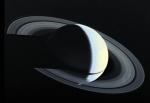 Saturn At Night
Saturn At Night
3.03.2000
From a spectacular vantage point over 1.4 billion kilometers from the sun, the Voyager 1 spacecraft looked back toward the inner solar system to record this startling view of Saturn's nightside. The picture was taken on November 16, 1980, some four days after the robot spacecraft's closest approach to the gorgeous gas giant.
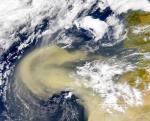 Dust Storm on Planet Earth
Dust Storm on Planet Earth
2.03.2000
From low Earth orbit, NASA's SeaWIFS instrument records ocean color, tracking changes in our water world's climate and biosphere. But even an ocean planet can have dust storms. On February 26th, SeaWIFS...
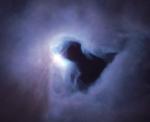 NGC 1999: Reflection Nebula In Orion
NGC 1999: Reflection Nebula In Orion
1.03.2000
A dusty bright nebula contrasts dramatically with a dusty dark nebula in this Hubble Space Telescope image recorded shortly after December's orbital servicing mission. The nebula, cataloged as NGC 1999, is a reflection nebula, which shines by reflecting light from a nearby star.
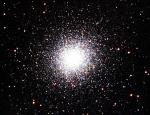 M13: The Great Globular Cluster in Hercules
M13: The Great Globular Cluster in Hercules
29.02.2000
M13 is one of the most prominent and best known globular clusters. Visible with binoculars in the constellation of Hercules, M13 is frequently one of the first objects found by curious sky gazers seeking celestials wonders beyond normal human vision.
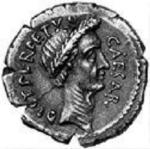 Julius Caesar and Leap Days
Julius Caesar and Leap Days
28.02.2000
Even as leap days go, today is a remarkable one. In 46 BC, Julius Caesar, pictured above in a self-decreed minted coin, created a calendar system that added one leap day every four years.
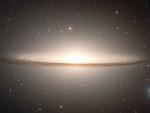 The Sombrero Galaxy from VLT
The Sombrero Galaxy from VLT
27.02.2000
Why does the Sombrero Galaxy look like a hat? Reasons include the Sombrero's unusually large and extended central bulge of stars, and dark prominent dust lanes that appear in a disk that we see nearly edge-on. Billions of old stars cause the diffuse glow of the extended central bulge.
|
January February March April May June July August September October November December |
|||||||||||||||||||||||||||||||||||||||||||||||||